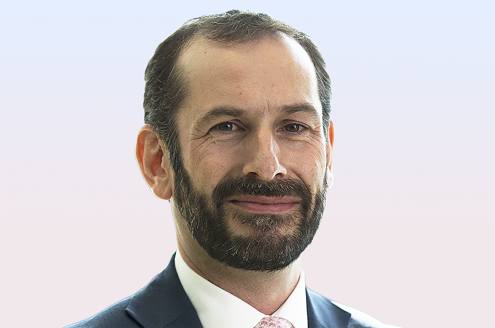The amount of activity seen around blockchain, or distributed ledger technology (DLT), in the first six months of 2016 has demonstrated that it is not simply a passing fad. Not only have a number of pilots and prototypes for non-financial products been launched in the retail space, but also the first real test cases have evolved in the broader financial services ecosystem. In Australia, for example, the Australian Securities Exchange is actively evaluating how to replace its current database platform with a blockchain-based distributed ledger.
In addition, there are other noteworthy examples of real-life use cases entirely outside the finance and commerce sectors. For example, the Estonian government has recently announced its health records are to be secured by blockchain. Unsurprisingly, investment is increasing. The World Economic Forum estimates that by 2019, banks’ annual spent on blockchain technology will amount to $400m.





